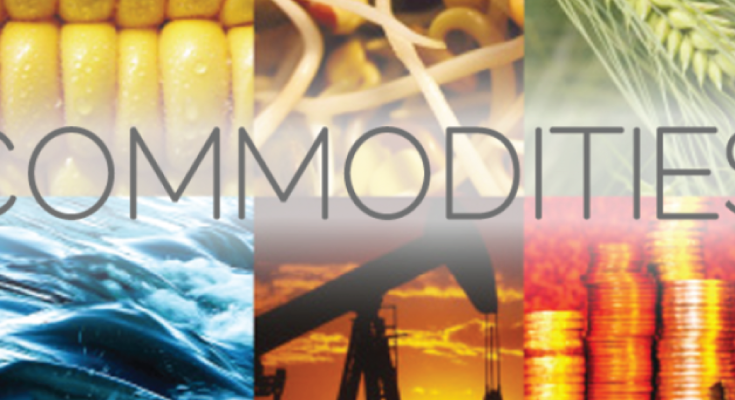Commodities are essential raw materials or primary products that can be traded in the financial markets on commodity exchanges. From natural resources like oil and gas to agricultural products like wheat and coffee, commodities play a crucial role in the global economy. This article aims to provide an overview of commodities on a basic level and explore the different types of commodities that can be traded around the world.
What are commodities?
When it comes to commodities, there may perhaps be vaguer definitions of what the term really means in financial trading. Whereas stocks and currencies are more clear-cut and traders instinctively know what they refer to, many traders may have found themselves wondering: what are commodities?
In simple terms, commodities are tangible goods that can be bought and sold, typically in standardised contracts, on commodity exchanges. Some popular exchanges around the world include the London Metals Exchange and the Chicago Mercantile Exchange.
Commodities are categorised into four main groups: metals, energy, agricultural, and livestock. Their prices on exchanges are influenced by factors such as supply and demand, geopolitical factors and events, weather and climate conditions, the overall health of the global economy, and international economic trends.
Four main types of commodities
Let’s look at the four main types of commodities in detail, with examples.
Metals
Metals are widely traded commodities that include precious metals and base metals. Precious metals like gold, silver, and platinum are traded frequently as they are needed to produce jewellery and décor. They may also be used as stores of value and as a hedge against inflation. Base metals include copper, aluminium, and nickel – these are metals that are used for industrial purposes like manufacturing and construction, and they are often required in large quantities.
Energy
Energy sources are also commodities. They encompass oil, natural gas, and coal. One of the most traded forms of energy commodity is crude oil. Crude oil is essential for transportation, heating, and electricity, and it is therefore always in high demand from countries around the world. Natural gas is also used for heating and electricity, while coal is primarily used for power generation in some regions.
Agricultural products
Agricultural commodities include grains, wheat, coffee, soybeans, and other products that come from agricultural activities. Agricultural products are used in cooking and animal feed around the world, and they are also traded in bulk across borders from producing countries to recipient countries.
Livestock
Finally, livestock is the final main type of commodity. Livestock can include cattle, hogs, and poultry. These commodities are influenced by factors such as feed costs, disease outbreaks, and consumer demand for meat and other animal products. As some livestock can also produce milk and eggs, they are also in demand from farms and manufacturers around the world.
Why trade commodities?
People trade commodities for the several advantages they offer. Firstly, commodities provide opportunities for traders to diversify their portfolio. Adding commodities to an existing portfolio of stocks, funds, and bonds can help reduce the overall risk, as commodities tend to have low to no correlation with many other asset classes.
Traders also invest in commodities to potentially benefit from global economic trends and supply-demand dynamics that are constantly in flux. For example, an increased demand in oil may lead to its price appreciation. Anticipating this, traders may purchase oil in advance at a lower price and sell them at a higher price later. This can potentially generate huge profits, which is appealing to all traders.
What are some factors that affect commodity prices?
When trading commodities, it is vital to understand the factors that affect commodity prices. Supply and demand play the most significant role, and imbalances can lead to price fluctuations in the market for any commodity. Some reasons that create imbalance include weather conditions, economic health, government policies, trade relations, and geopolitical events. For example, adverse weather conditions can affect crop yields, while disease outbreaks may decrease the supply or demand for certain livestock.
Conclusion
Commodities are vital resources that form the foundation of various industries and play a crucial role in the global economy and financial markets. Understanding the main types of commodities that are produced and traded around the world can help traders make more informed decisions when trading and investing. Regardless of the product being traded, it is important to remember that all forms of trading involve risk, and one should do their due diligence before investing their money.




